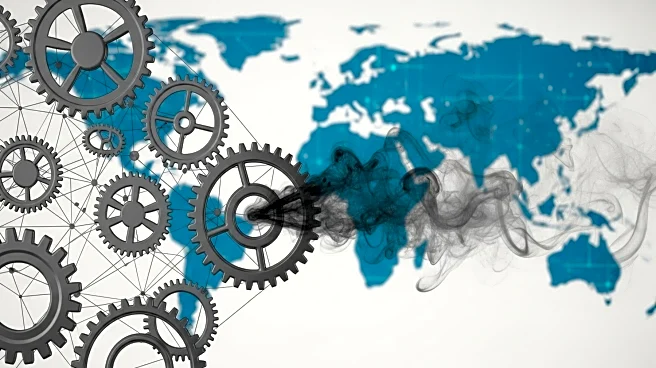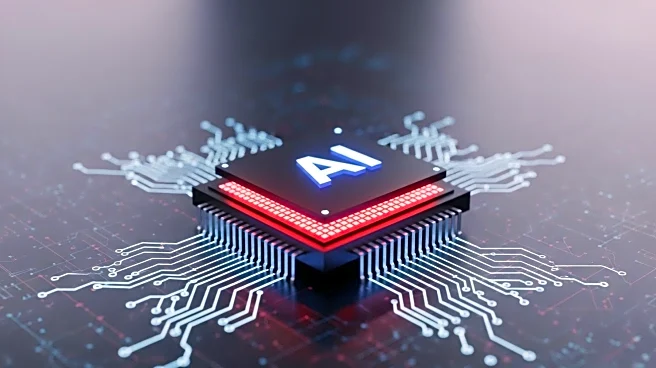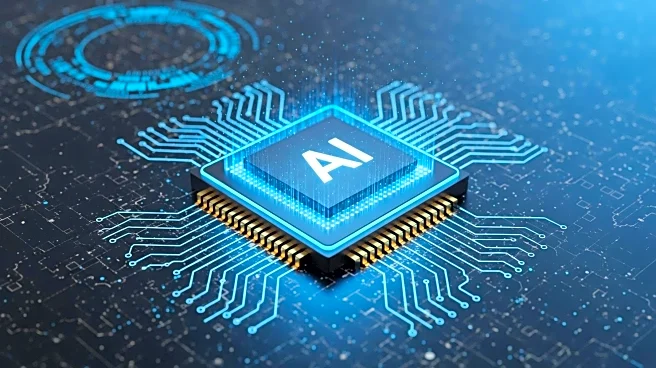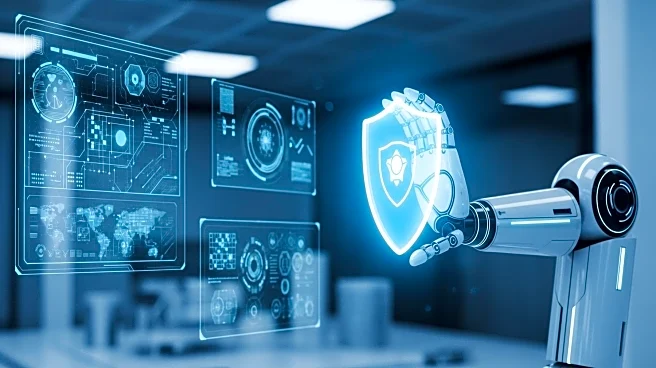What's Happening?
Agentic AI is being increasingly integrated into various enterprise workflows, including software development, customer support automation, robotic process automation, and employee support. This integration poses significant cybersecurity challenges for Chief Information Security Officers (CISOs) and their teams. According to a 2024 report by Cisco Talos, AI systems capable of autonomous action without constant human oversight could expose organizations to new vulnerabilities. These agentic systems can potentially conduct multi-stage attacks, access restricted data, and evade detection, creating complex security scenarios for enterprises.
Why It's Important?
The rise of agentic AI represents a significant shift in how businesses operate, potentially increasing efficiency but also introducing new security risks. For CISOs, the challenge lies in balancing the benefits of AI integration with the need to protect sensitive data and systems from exploitation. As these systems become more prevalent, organizations that fail to adequately prepare for their security implications may face increased risks of cyberattacks. This development could lead to heightened demand for advanced cybersecurity measures and strategies, impacting the cybersecurity industry and enterprise IT policies.
What's Next?
Organizations are likely to invest more in cybersecurity solutions and training to address the challenges posed by agentic AI. CISOs may need to develop new protocols and collaborate with AI developers to ensure security measures are integrated from the outset. Additionally, there may be increased regulatory scrutiny on AI systems, prompting businesses to adopt more stringent compliance measures. The evolving landscape will require continuous adaptation and vigilance from security professionals to safeguard against emerging threats.
Beyond the Headlines
The integration of agentic AI into business processes raises ethical and legal questions about accountability and transparency. As AI systems become more autonomous, determining responsibility for actions taken by these systems could become complex. This may lead to discussions on the need for new legal frameworks and ethical guidelines to govern AI use in enterprises.











